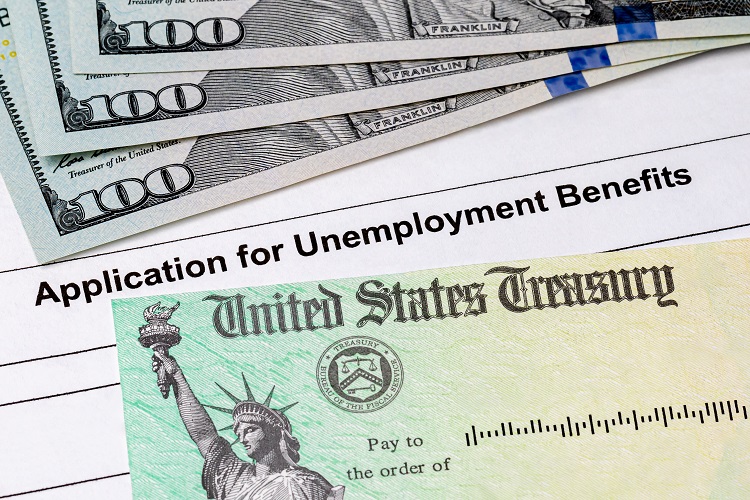
February 24, 2025
What Do You Call an Automatic Stabilizer that Doesn’t Shrink When Conditions Improve? The Biden Food Stamps Blowout
Last month the Wall Street Journal editorial board (“The Great Biden Welfare Blowout”) reviewed the staggering number of welfare recipients in key programs at the close of the Biden administration: Some 84.6 million individuals are enrolled in Medicaid—about a quarter of the population—roughly the same as when Mr. Biden entered office. About 42.6 million Americans…

February 20, 2025
The American Dream Is Not a Coin Flip, and Wages Have Not Stagnated
In my last column, I showed that Americans’ assessments of the economy have tracked the official unemployment rate well over the long run. That is important because it suggests that both public opinion and objective measures indicate that the labor market is historically strong (though accelerating inflation during and after the COVID-19 pandemic has caused these…

February 18, 2025
Family-Friendly Policies for the 119th Congress
Key Points Read the PDF. Introduction America is in a baby bust, with birth rates hitting record lows and still falling. Young Americans are getting married later and less. Meanwhile, parents face rising stress, and children suffer an epidemic of anxiety. The family is the fundamental building block of a society, as the cell is…

February 14, 2025
Poverty During the Pandemic and the Role of Government Transfers
The COVID-19 pandemic prompted unprecedented policy interventions in the US that provided nearly $3 trillion to support struggling families. This column examines the short-term effects of these interventions on child poverty and finds quite different trends for income poverty and consumption poverty. While disposable income poverty declined dramatically in 2021, consumption poverty fell more gradually,…

February 7, 2025
Low-Performing Students Fall Farther Behind the Pack
On January 29, the National Assessment of Education Progress, NAEP, released results from its 2024 assessment. This latest installment of the self-styled “Nation’s Report Card” makes depressing reading. Indeed, if it weren’t for bad news, there would be hardly any news at all. The previous 2022 NAEP results were bad—but they could be blamed on…

February 6, 2025
High Costs, Uneven Value: Repairing The Federal Role in Postsecondary Education
The higher education system suffers from many problems, including excessive costs,low completion rates, uneven financial value for students, and high rates of student loannonpayment. Federal government policies unintentionally exacerbate many of these issues,as taxpayers’ considerable investment in higher education comes with few quality controlsor accountability to ensure that colleges and universities are delivering on their…

February 4, 2025
The Family First Act Would Expand Net Income Tax Refunds to Higher Income Families
Some pro-family conservatives are rallying around Rep. Blake Moore’s (R-UT) Family First Act. Relative to a clean extension of the Tax Cuts and Jobs Act, the bill would cost an additional $575 billion over the next decade in order to increase the generosity of tax breaks targeted at families with children. The bill would lead over half of tax filers…

February 4, 2025
Snip, Snip: Spending Cuts Are Coming
Republicans’ agenda of cutting taxes and increasing spending on their policy priorities depends significantly on identifying productive spending reductions. But just cutting spending will not be enough. Republicans must also explain how their tax and spending cuts will result in better outcomes for all Americans. The federal debt has exploded to $36 trillion and annual…

January 30, 2025
Eliminating the Benefit Cliff and Achieving Savings for Taxpayers: A Reform Proposal for the Supplemental Nutrition Assistance Program
Key Points Read the PDF

January 29, 2025
How State Governments Can Fight Degree Inflation
Key Points Executive Summary State governments have significantly exacerbated the phenomenon of degree inflation, where jobs increasingly require college degrees that were not previously necessary. State hiring practices and stringent occupational licensing laws perpetuate this trend. These policies restrict access to various professions, create labor shortages, and reduce the return to a college education for…